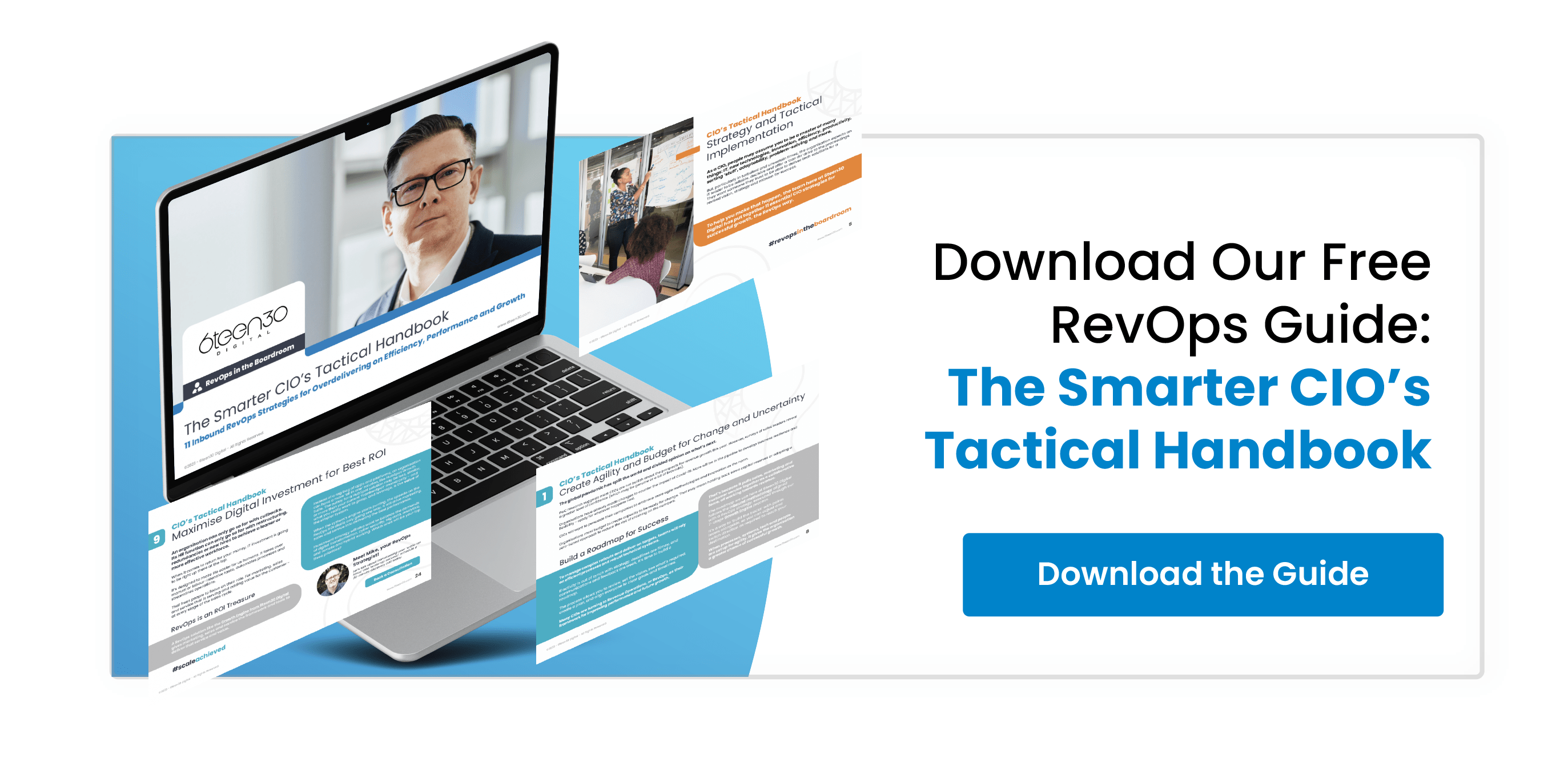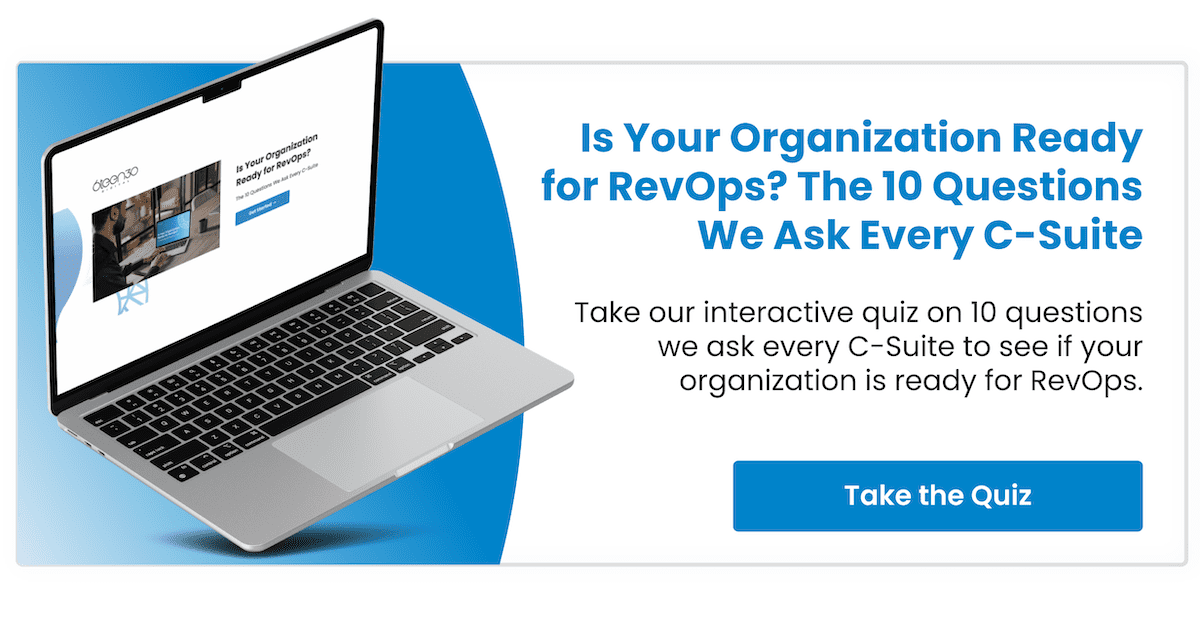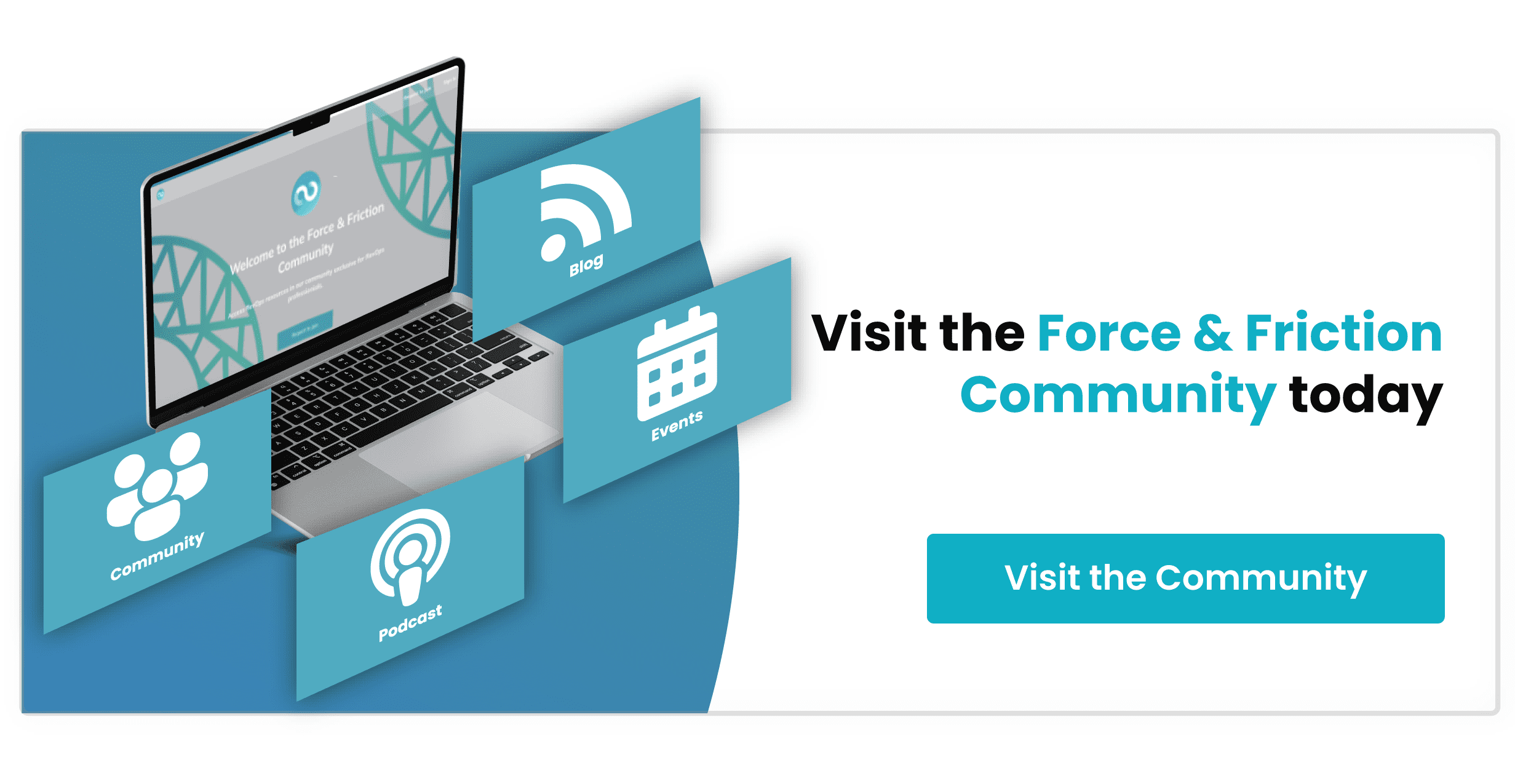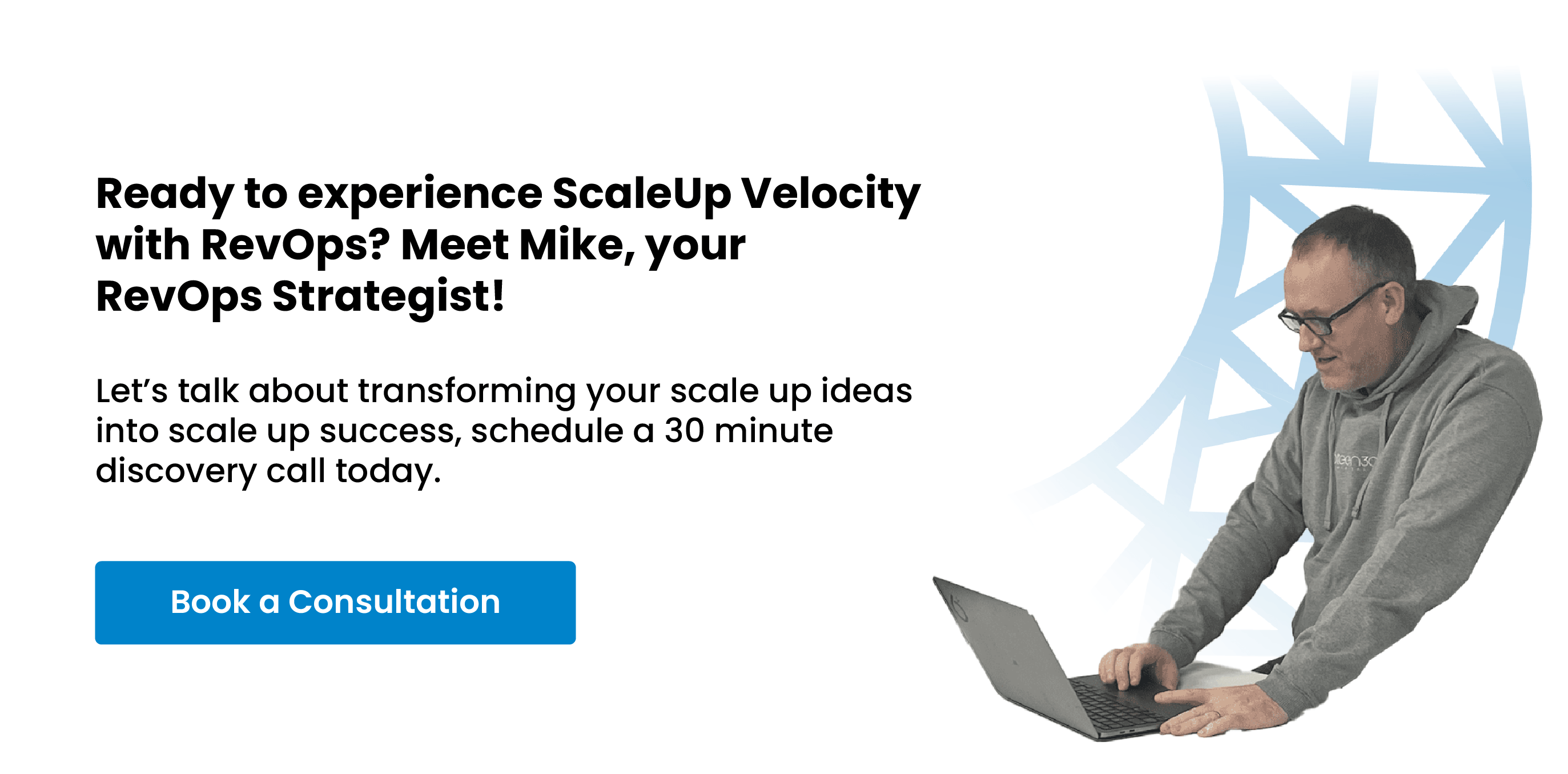
The unprecedented events of 2020 brought huge change for businesses and industries around the world.
It was a complex picture of job losses, restructuring, enforced remote working, supply chain and distribution disruption, health and safety adjustments, and more.
As organisations look to steer themselves into a ‘new normal’ and post-pandemic world, the pressures on CIOs remain high.
The expectation is for technology to be a key driver in enabling an adapted vision, strategy and mission to succeed. Performance, efficiency and getting more for less will be important areas of focus.
Here are 11 crunch-point challenges facing the growth-minded CIO - and a pathway for meeting them.
1: Adapting to Uncertainty from Covid-19 and Budgeting for Change
According to an IEEE survey of IT leaders, six out of 10 said one of the biggest challenges CTOs (and CIOs) face is recovering business operations affected by the pandemic.
That’s because having to adapt to change includes so many areas - organisational agility, efficiency, technological innovation, security, budgets, hybrid working, communications, big data and cloud computing.
Organisations need to not only survive and recover. They also require a roadmap for recovery and growth.
Being Ready in Defence and Attack
Much of the IT resilience conversation is around creating agility - having better methodologies and solutions.
An IEEE member survey revealed half have accelerated the adoption of cloud computing, 5G, AI and machine learning. More rapid pace change is also happening with video conferencing, augmented and virtual reality, and embracing the Internet of Things (IoT).
Other aspects being explored by CIOs include improving accessibility, expanding use of VPNs and creating seamless backend operations.
Budgeting will be critical, with a zero-based approach one way to mitigate risks. IT leaders may want to hold a reserve of capital, to respond to threats and exploit opportunities.
Many organisations are using roadmapping at the heart of their strategic planning process - for efficiency, performance and growth.
In uncertain times, the CIO must set out a clear mission, objective and goals - and ensure they are understood and embraced by the team. The organisation also has to create the capacity to implement change, proactively and reactively to economic, social, health and market developments.
2: Meeting Ever-Increasing Demands Within Budget
Today’s CIO may feel most days are like a game of Space Invaders.
Just as they zap through the demands from one side of the organisation, they are faced with an ominous line of demands advancing down from another.
There’s pressure from the C-suite around processes and tech. Pressure from sales and marketing for access to better information, data and analytics. Pressure on budgets.
According to a TechRepublic poll, 62 per cent of companies will tighten their IT budgets in 2021 due to Covid-19. Organisations are seeking higher profitability through innovations and technology.
The Stock of Digital Keeps Rising
Leaders seeking performance improvements, better productivity and greater efficiency know it’s a balancing act.
A cost reduction programme carries risks. It:
1) Impacts on infrastructure and capacity building
2) Might not achieve the desired result
3) Inhibits innovation and creative thinking
4) May find it unsustainable over the longer term
5) Risks losing valuable skills and experience that may never be recovered
According to Deloitte research, around half the companies that pursue cost reduction measures fail to meet their targets.
Of course, the smart CIO is going to review and analyse structures, processes, systems, platforms and people.
He or she is going to ask how the team can help sales, marketing, service, HR, finance and legal be more efficient and productive. Data and analytics are going to be part of the conversations.
Better understanding of the current state of play paves the way for a roadmap for digital transformation.
3: Digital Transformation
One of the big-trending buzzwords right now is ‘digital transformation’.
According to Gartner, 69 per cent of board leaders expect to accelerate the adoption of new technologies - which covers areas like cloud computing, 5G, automation, Artificial Intelligence (AI), Robotic Process Automation (RPA), machine learning and virtual reality.
CIOs may come under increasing pressure to bring in the latest business tools. However, it is important to consider what impact and benefits any initiative will have within the organisation. Results beat ‘trendy’ in every hand.
Press the Performance Accelerator
When implemented wisely and well, digital transformation can be a game changer.
It allows you to declutter a myriad of platforms and tools, and to go for a more integrated ‘all in one’ system. This can help to streamline processes, raise efficiency and turbo-charge performance.
It allows teams to communicate and collaborate more effectively. It gives employees a way to focus more on providing service and value to customers.
When an organisation’s CRM is aligned with other systems, it means everyone can see the data as “one picture of truth” - in real time. That helps them to attract, engage and delight customers. In turn, that can speed up the sales cycle, boost revenues and retention, and drive profitability up.
According to Finances Online, online collaboration tools improve productivity by up to 30 per cent. Add that to the ability to set, track and analyse joined-up metrics and the value of smarter digital transformation is plain to see.
4: Maintaining Cyber Security and IT Compliance
Every sensible CIO has cyber security as one of their top priorities.
IBM says the number of cyberattacks and crimes trebled during the pandemic.
The digital threat from hackers includes malware, ransomware attacks, phishing and ‘island hopping’ (where infiltration of an organisation’s network leads to attacks on others in the supply chain).
According to RiskBased, data breaches in the first half of 2020 exposed 36 billion records. Experts estimate the average cost of a data breach is close to four million US dollars.
In addition, organisations need to respond to seemingly ever-stricter data privacy regulations.
The Watchwords are Vigilance and Urgency
Many organisations are employing AI-based protection systems. One in three IT leaders are focused on tackling the challenges related to a remote workforce and the plethora of interconnected devices (IoT).
Priorities may include:
-
Reviewing data access priorities
-
Securing mobile tools
-
Exploring SaaS applications
-
Migrating to more secure cloud data centres
-
Reviewing data governance and protection
Organisations rightly seek agility, efficiency and performance. What must not be left out of the strategic thinking is the robust defence of their very existence and operations.
5: Making Hybrid and Remote Working Work
In its 2021 Benchmarking report, Predictive Index revealed three out of four CEOs expected full-time remote working for all or most employees.
Many organisations will move - whether this year or next - to a hybrid model of working partly at home, partly in the office.
Most leaders have already recognised the need for investment, resources and support to help employees stay productive, safe and healthy.
Research from professional services firm FDM Group found 77 per cent of UK decision-makers planned to increase digital skills training budgets during 2021, to support remote working.
A slightly smaller percentage (68) also agreed they would increase their IT headcount for the same reason.
The Hybrid Challenge
There are a good number of factors the CIO may have to consider and prioritise. These include:
-
Managing the security threat to data from remote working
-
Providing access to all relevant files and applications to employees
-
Visitor management solutions for building health and safety
-
desk booking, room booking and digital signage systems
-
Video conferencing, AV solutions and visual collaboration tools
-
Improving digital communications
-
Alignment of processes and systems
Remote and hybrid working are here to stay. Managing it and making it work will be a critical component of an organisation’s ability to improve performance and growth.
6: Improving Internal Communications
Part of the job of CIO is being perceived not just an IT expert - but also as a business builder.
It requires the development of good relationships and a holistic view of the organisation.
The smart CIO seeks a good understanding of the needs and wants of departments such as sales, marketing, service, finance, legal and HR.
The smarter CIO also finds out more about prospects, customers and suppliers. This allows IT to communicate better with teams - and helps teams to deliver a more personalised approach in all their communications.
The Right Tools and Data are Key
Organisations can experience big stress in situations where:
-
A ‘silo’ approach prevents or deters ‘joined-up’ tech solutions
-
Strategic decisions ‘dump’ unnecessary problems on IT
-
Teams are unable to share timely information with each other
-
Outdated tools make communications and collaborations difficult
-
Projects incompatible with your current framework are badly implemented
To improve any aspect of an organisation’s processes, systems efficiency and infrastructure requires good communication.
Teams must (learn to) talk with each other. They need to be able to see accurate, real-time data so there is just ‘one picture of truth’ for everyone. That allows employees to act, respond and work in the most relevant way - both for colleagues and for customers.
Poor communications can often be overlooked. Over time, the drips of lost time, energy and potential revenue can add up to a deep lake of loss.
7: Getting Information Flowing Accurately Through Multiple Systems
For better internal communications and to provide a better experience for the customer, people need accurate and timely data.
One of the problems for many CIOs is that kinks, blocks and bottlenecks occur in the information flow because the organisation is using multiple systems.
It might mean one department using one platform, another department something different. Neither tool or application ‘talking’ very well with each other, if at all.
This ‘mish mash’ of a tech monster is what HubSpot calls ‘FrankenSpot’. The organisation has an arm here, a leg there and a large bolt holding the neck and head together. It all results in...
... An Unnecessary World of Pain
It means:
-
Teams in marketing, sales and service are being hampered in their job
-
It takes longer for employees to learn multiple platforms
-
More can go wrong
-
Higher levels of maintenance to keep everything running
-
Breakdowns in communication - which could cost sales and reputation
-
Missing out on the benefits of a more integrated ‘all in one’ system
That’s not going to contribute to improving performance, efficiency or growth.
The CIO needs to understand where the blocks and weak spots are - and put things right.
When people can see a dashboard with real-time information (with data aligned from sales, marketing and service teams) they have a clearer, more accurate picture of what’s happening. That allows them to make a more personalised response to the customer at any stage of the Attract, Engage and Delight cycle.
8: Getting and Presenting Quality Data to Drive Decision-Making
Where possible, organisations want to avoid guesswork - or, at least, ‘blind’ guesswork.
This creates a dual challenge for the CIO. How to get the right quality of data and how to collate, cut and present that data in different formats for different people.
It’s why so much buzz and focus surrounds Big Data and analytics.
Making sense of - often complex - data has far-reaching implications for any organisation focused on growth. It can help:
-
Provide insights for purchasing, sales and operations planning
-
Minimise supply chain disruptions
-
Identify growth opportunities
-
Improve forecasting and predictable performance
-
Employees engage better with customers
-
Identify means to improve marginal gains
Communicating the Data
As data is collected and analysed, it needs to be segmented and put into the right format so the relevant information goes in front of the right teams. The CEO wants different data to the CFO, the CMO has a different focus on the data to the COO, and so on.
Data is required at that higher-level view but also operationally ‘at the coalface’ by employees in marketing, sales and service.
For many organisations, data is going to be at the heart of their strategic decision-making, planning, implementation and customer experience. They need to get it right.
9: Achieving Strong ROI on IT Investments
Every organisation has its own, unique position with challenges, budgets and resources.
It’s not always about what you spend but how you spend it.
For example, Zara - the clothing company - only put 0.5 per cent of its revenue on IT and a similar level on IT employees. But the tech investment allowed the business to be super-responsive in the market and achieve strong competitive advantage.
Percentages for organisations will, of course, vary according to industry, size and situation.
Like Bees to Honey
IT investment will naturally focus on meeting priority challenges. Organisations will want to keep an eye on emerging technologies.
Areas of sharpest attention - attracting frown lines to foreheads like bees to honey - are the usual suspects: digital transformation, cyber security, big data and data analytics, hybrid working, and systems efficiency.
The switch to remote working means huge volumes of data are being generated by mobiles, tablets, IoT smart devices and remote branches. By 2025, according to Gartner estimates, 75 per cent of enterprise data will be generated and used outside the data centre.
It’s why businesses with ambitious growth plans are exploring the potential of 5G.
Organisations may be forced to increase investment in Edge computing, to ensure remote teams have the computing power and storage they need for work.
The growth-minded, budget-conscious CIO will also want to find ways to leverage technology so that it milks more revenue out of Sales, Marketing and Service.
Finding marginal gains - and being able to feed those into performance prediction scenarios - is sure to impress C-suite colleagues.
10: Improving the Customer Experience
While the role of IT might be seen as having an internal focus, it also has the means to help develop a better customer experience.
It is now a buyers’ world.
Customers decide when they are ready to buy - not salespeople. Buyers are researching for themselves and asking questions to narrow down their choice.
According to an Acquia study, 74 per cent of consumers say their digital experience with brands has changed since the start of the pandemic. And 84 per cent revealed they used digital channels more in 2020.
This Creates an Opportunity for the CIO
Customers now have higher expectations of their digital experience with companies. Fail to deliver on those expectations and organisations can expect consequences.
The CIO has the opportunity to work collaboratively with the CMO, to co-design a way to reduce the friction in the buyer’s journe. This includes closer alignment with sales and service teams - everyone working to put the customer first and achieve unifying revenue goals.
There is also the option to work with an external growth agency as an implementation partner.
It’s about understanding the changing way people are buying, being more customer-centric and facilitating a more personal touch into communications. It’s about letting technology and real-time data analytics support the attract, engage and delight model.
A 2019 study by SiriusDecisions revealed companies that used an aligned approach to revenue growth were 19 per cent faster and 15 per cent more profitable.
As part of this more collaborative approach, the CIO can also get to understand suppliers and the supply chains better - and look for opportunities to improve service and flow.
11: Recruiting and Holding onto Top Talent
The digital skills gap is a genuine concern for many organisations across the globe.
Divisional, departmental and team restructuring was part of the response to the pandemic for seven out of 10 companies, according to a Predictive Index report.
That has left some organisations with a shortfall of IT expertise and talent. Leaders in the UK, USA and across Europe are feeling the pinch.
They need to review and assess their employees’ skills and strengths, and question whether they are being used and allocated wisely.
Resilience and agility demand a strong team
But recruitment is not just attracting IT talent. The modern company also needs data analysts.
With remote and hybrid working likely to be the norm, having employees who are computer literate, digitally savvy, great communicators, project managers and security-conscious should be a strategic priority.
Measures to consider include:
-
A review of workforce numbers and needs
-
A digital skills gap analysis
-
Reskilling
-
Refresher tech training
-
Wider access to more courses
-
Minimising the number of platforms employees use
-
Making the organisation more attractive to IT talent
-
Automating onboarding to get new hires up to speed faster
There are specific conversations around these measures to be head with HR, finance, legal and marketing. The approach involves communication with and support for all teams, including sales and service.
Revenue Operations - The Rising Star
Faced with these significant challenges, an increasing number of CIOs are turning to Revenue Operations, also known as RevOps or RO.
This approach aligns sales, marketing and customer service operations across the complete customer life cycle to drive growth.
Shared revenue targets mean all teams are accountable to revenue, not just sales. Shared data means teams can work together better for the greater good and the company better predict performance. Synchronised activity increases operational efficiency.
RevOps has been described as building the tracks and keeping the trains running on time.
The biggest challenges to implementation are typically company resources, inconsistent data and disconnected systems. It’s why organisations often reach for outside support to make it all happen.
Here at 6teen30 Digital, we use Revenue Operations to help clients align their marketing, sales and customer service teams. Our strategic GamePlan Workshop process combined with the HubSpot Growth Suite delivers a customised RevOps solution.
Statistics suggest the investment is worth exploring.
HubSpot research says companies with aligned departments close 38 per cent more deals and post 208 per cent more marketing revenue. A study by SiriusDecisions found public companies using RevOps saw 71 per cent higher stock performance.
If RO is delivering ROI in those kinds of numbers, it’s little wonder more and more CIOs and C-suites are exploring its possibilities.
To explore RevOps solutions from 6teen30 Digital, you can view our RevOps Journey path.
Turning Challenges into Opportunities
Today’s growth-conscious CIO is under more pressure than ever.
The everyday challenges are stacked with those created by the global pandemic and its impact on the economy. Organisations are constantly seeking higher performance for less net spend.
As uncertainty lingers, companies can expect more change in the years ahead.
Key challenges revolve around strategic direction for growth, accelerating digital transformation, cyber security, hybrid working, data quality, and making technology investments count.
The focus is turning to agility, resilience, finding the best technological solutions, improving communications and collaboration, giving the customer a better experience, and making smarter use of data to drive decisions for performance and growth.
To discover more about how to use inbound strategies for successful RevOps growth, 6teen30 Digital has produced a free guide, called The Smarter CIO’s Tactical Handbook.








%20-%20Teal.png?width=500&height=130&name=Force%20%26%20Friction%20-%20Branding%20-%20Logo%20(White)%20-%20Teal.png)